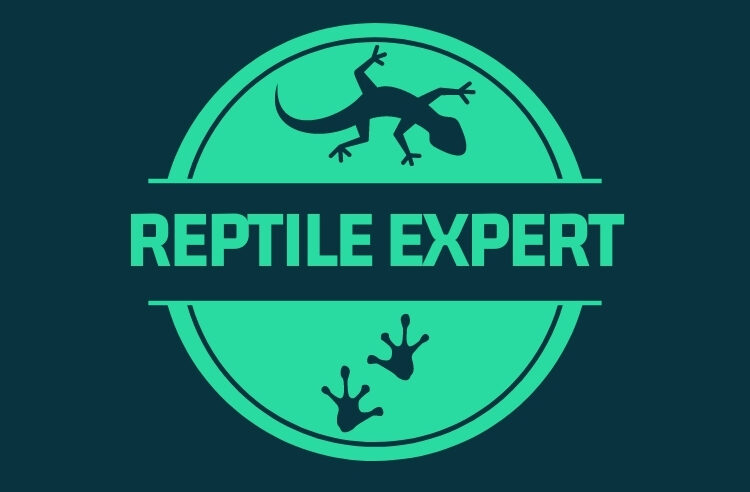Snakes don’t just trump other animals when it comes to wilderness survival: they are also prey to an astounding array of creatures. From birds of prey to surprising invertebrates, animals of every species have learned to feed on snakes.
In this article, we will explore what animals eat snakes and why they do it, so keep reading!
Birds That Eat Snakes

Eagles and Hawks
When it comes to what animals eat snakes, birds of prey rank among the most skilled hunters. These birds possess razor-sharp talons and strong beaks and can fly with unmatched precision, capturing snakes in their powerful grasp. The golden eagle, for example, attacks giant poisonous snakes with exceptional quickness and vision.
Owls
Owls, especially species such as the great horned owl, hunt snakes in the night. Owls’ silent flight and superior night vision ensure that snakes don’t detect their approach. With ferocious talons and beaks, they can slaughter and eat even deadly species.
Roadrunners
Roadrunners, in particular, have been documented trapping and feeding on snakes, including rattlesnakes, in desert environments. They’re quick-footed and use their speed and sharp beaks to deliver deadly strikes to their victims.
Mammals That Hunt Snakes
Mongooses
Mongooses are the most familiar of all mammalian snake hunters, and they are famed for consuming venomous animals such as cobras. They are quick-reacting, savage creatures with a high resistance to poison.
Foxes
Foxes are mainly all-purpose predators, but they do eat snakes from time to time. They typically target small, non-venomous species, using talons of steel to drive off prey.
Raccoons
Raccoons are selective eaters, and snakes occasionally make their menu. These mammals are skilled diggers and regularly find snake eggs or young snakes.
Reptiles That Prey on Snakes
Other Snakes (Ophiophagy)
There are snakes that practice cannibalism and devour their own species. The king cobra, for instance, is well known to consume other snakes, including poisonous ones.
Crocodiles and Alligators
Large reptiles in aquatic habitats such as crocodiles and alligators occasionally eat snakes. Their massive jaws overwhelm and devour these creatures, particularly when snakes approach a body of water.
Monitor Lizards
Monitor lizards are opportunistic predators who will eat snakes when the chance presents itself. They’re large animals with claws and jaws razor-sharp and mighty enough to devour snakes.
Amphibians That Eat Snakes
Large Frogs
Surprising as this sounds, some of the bigger frogs, such as the African bullfrog, have been caught with small snakes in their possession. They swallow snakes whole with their huge jaws.
Salamanders
Some salamander species – especially those in wet woodland areas – will sometimes consume young snakes or snake eggs.
Invertebrates That Prey on Snakes
Spiders
Even large spiders like tarantulas have been observed eating young snakes. They can paralyze and consume small snakes with their venom and intricate webs.
Centipedes
Centipedes, particularly the gigantic Amazonian giant centipede, are actually very effective snake hunters. Their poison kills small snakes quickly.
Snake Predators and Their Characteristics
| Predator Type | Examples | Hunting Techniques | Special Adaptations |
|---|---|---|---|
| Birds of Prey | Eagles, Hawks, Owls | Swooping from above, precise talon grip | Sharp vision, strong talons, stealth flight |
| Mammals | Mongooses, Foxes, Raccoons | Ambush, swift reflexes | Venom resistance (in some species), agility |
| Reptiles | King Cobras, Monitor Lizards | Constriction, venomous bites | Ophiophagy (snake-eating), powerful jaws |
| Amphibians | African Bullfrogs, Salamanders | Swallowing prey whole | Large mouths, strong jaws |
| Invertebrates | Tarantulas, Giant Centipedes | Venom injection, immobilizing prey | Toxic venom, stealth |
| Aquatic Predators | Crocodiles, Snapping Turtles | Powerful jaw grip, surprise attacks | Strong jaws, aquatic camouflage |
Conclusion
We are privileged to witness such diverse predator-prey encounters in the natural world, and snake-versus-predator interactions are no exception. From eagles as tall as humans to centipedes as small as fingers, animals of all kinds feed on snakes.
These predators do more than demonstrate ecosystem complexity: they remind us of the value of food web balance. Understanding snake predators helps us appreciate what nature has to offer, and we can help protect these relationships.
If you are a snake lover you might want to check this article out – How Long Do Snakes Live?
Frequently Asked Questions
Which snake predators are most prolific?
The most widespread snake predators are birds of prey like hawks and eagles. They are hunters of extreme speed and great vision.
Do snakes eat other snakes?
Yes, many snakes, including king cobras and rat snakes, practice ophiophagy, or the eating of other snakes.
Can small creatures such as frogs or spiders eat snakes?
Surprisingly, yes. Large frogs and spiders (tarantulas, etc.) can even eat small or young snakes: nature offers plenty of ways for predators and prey to interact.
Are humans snake predators?
Though we don’t eat snakes regularly as food, some societies do. Moreover, people sometimes kill snakes for their hide or as pest control.
Why are snake predators so relevant to ecosystems?
Snake predators keep things ecologically in check, stopping snakes from crowding out smaller prey, and keeping the food chain healthy.

